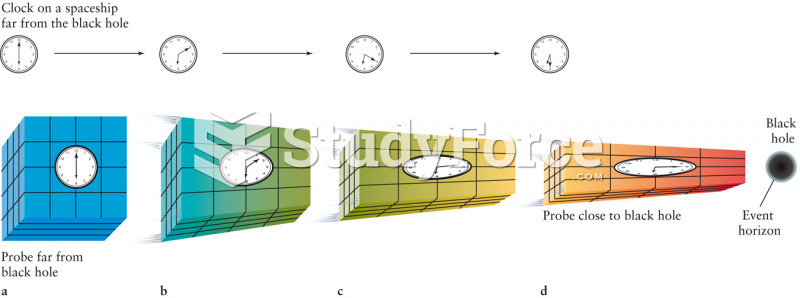Answer to Question 1
Ideal Answer: The ideal answer should:
1. Explain that although there were individual exceptions, African-American jazz musicians embraced the commercial and technological developments that revolutionized the music industry in the 1920s. The phonograph allowed for wide distribution of the music they created, just as the recording studios served as incubators for their creative innovations.
2. Note that by the end of the 1920s, black musicians had embraced electrical recording, and in the 1930s they learned to appreciate microphone amplificationa product of radio technologywhich allowed for the dominating rhythmic pulse of electric guitars and bases that would radically change black popular music.
3. Conclude that by the 1930s jazz musicians were making records that replicated live performances more closely than ever before. Radio and improved record making helped spread black music and ensured its survival.
Answer to Question 2
Ideal Answer: The ideal answer should:
1. Explain that bebop featured complex rhythms and harmonies and highlighted improvisation. Dizzie Gillespie (19171993) said that Kansas City-born Charlie Bird Parker (19201955) was the architect of the style.
2. Note that white America resisted bebop. The nation was about to enter World War II and was too preoccupied to switch from the big band swing ballroom dancing music to bebop. Because jazzmen played in small, intimate clubs too small for big bands, they had more freedom from the expectations of white society.
3. Point out that bebop music was of such enduring quality, however, that it shaped American popular culture and style for two generations. Before long, bebop became the principal musical language of jazz musicians around the world.
4. Explain that bebop was a way of life and had its own attendant styles whose nuances depended on class status and, perhaps, age. Gillespie helped create one side of bebop style in dress, language, and demeanor.
5. Conclude by noting that beboppers created their own slang, hip Black English that mingled colorful and obscene language. They also engaged in a freewheeling lifestyle.







